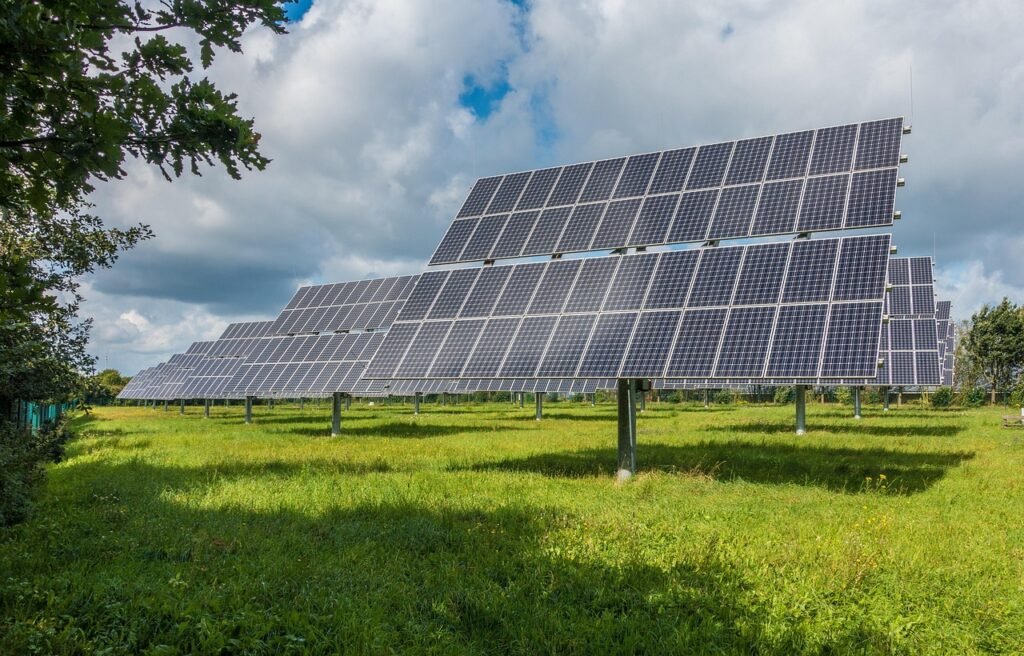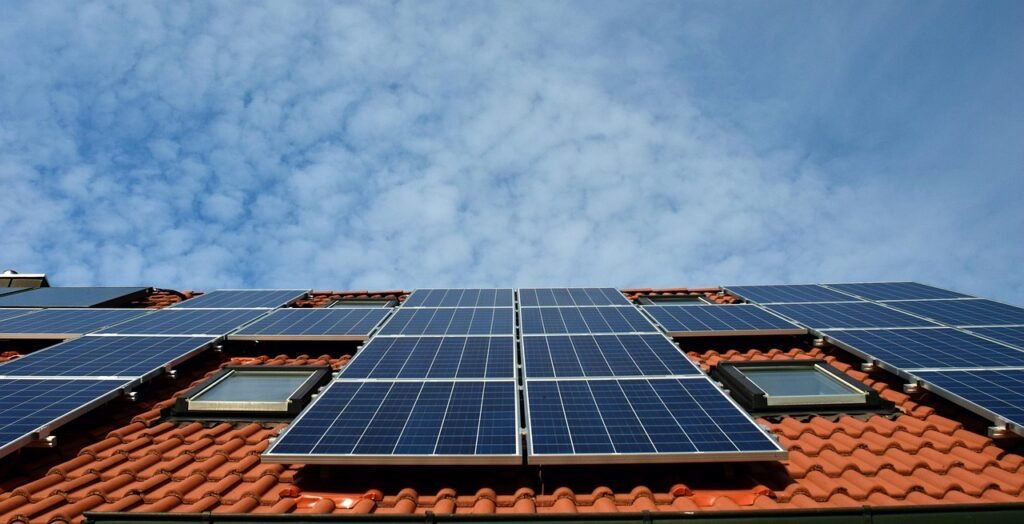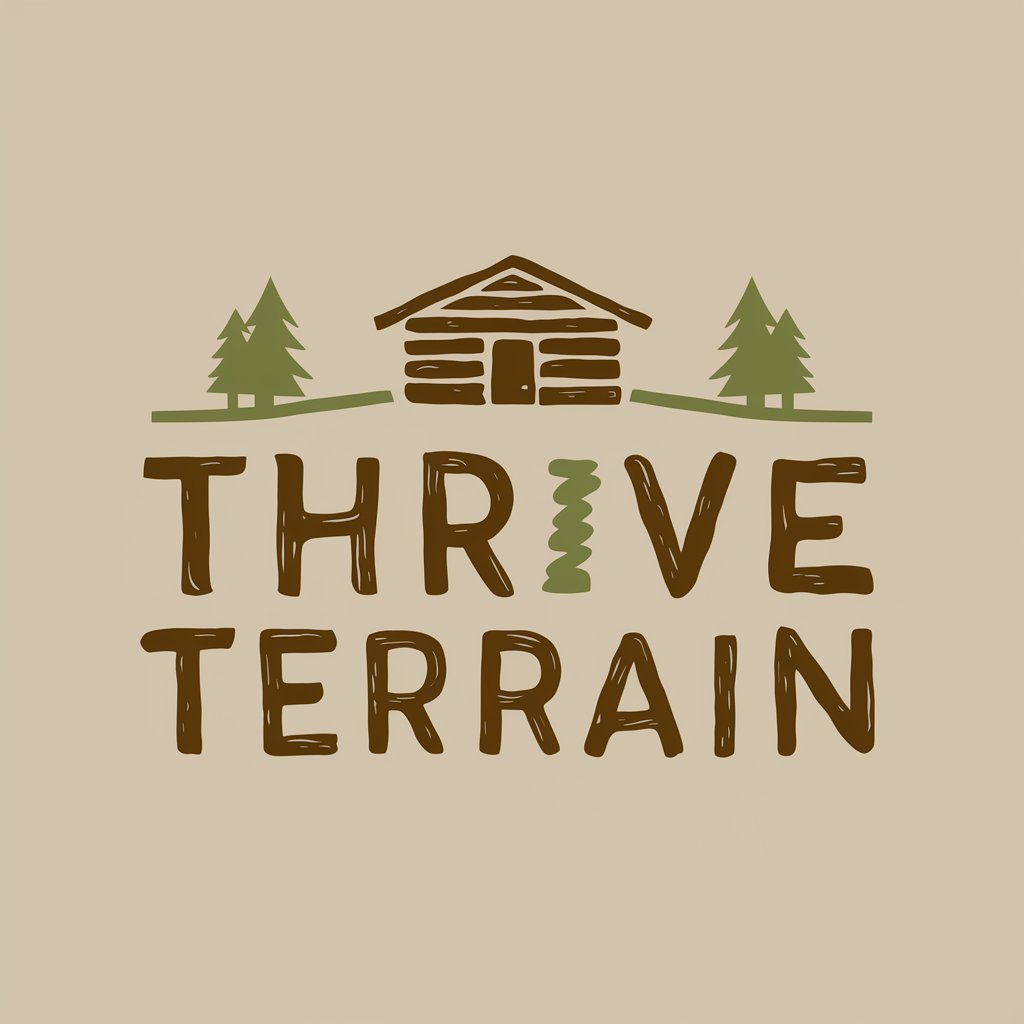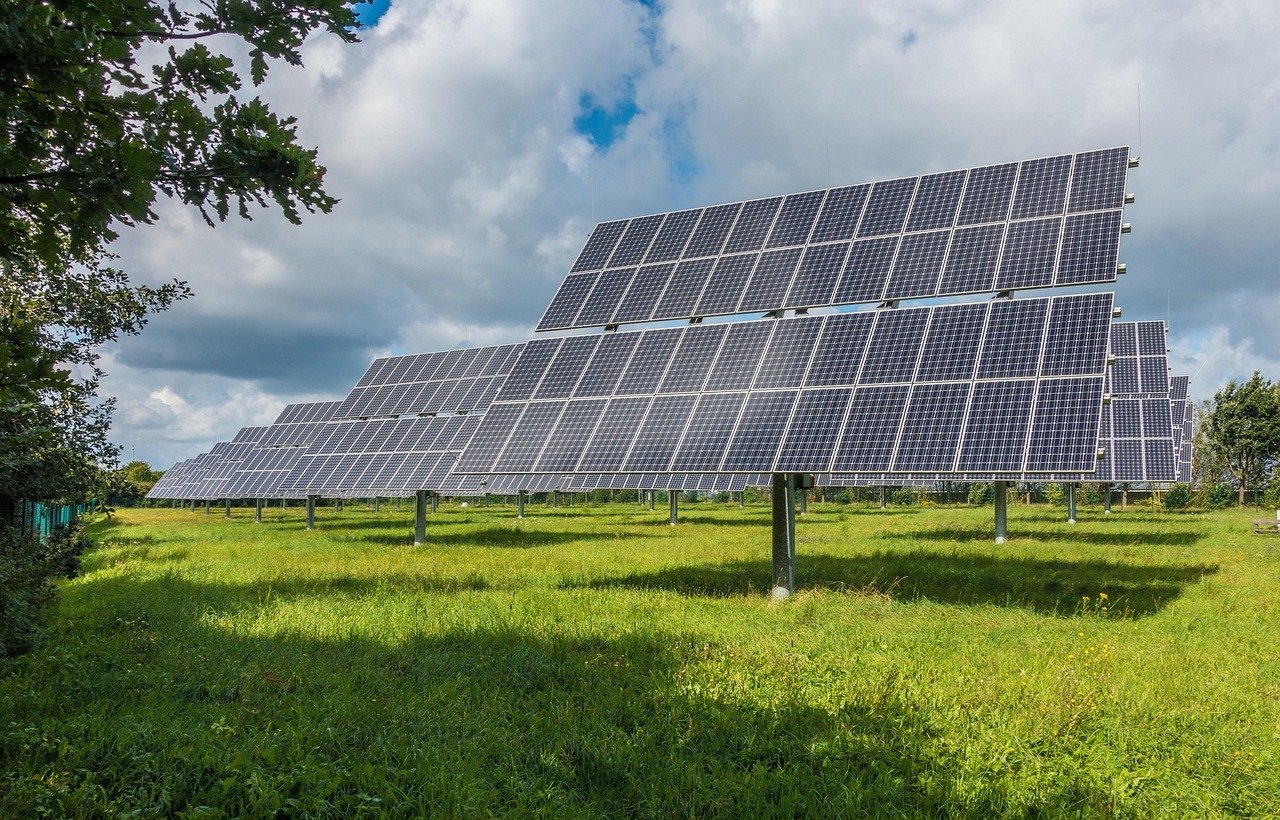Have you ever wondered what tools you really need to make off-grid living both easier and safer?

This image is property of pixabay.com.
Which Tools Make Off-Grid Living Easier And Safer?
This article lays out the essential tools, systems, and practical tips you can use to thrive off-grid. You’ll get clear recommendations, comparisons, and maintenance advice so you can prioritize purchases and plan for long-term independence.
Understanding Off-Grid Needs
Before buying tools, you need to understand the primary categories that support off-grid living. You’ll be managing energy, water, food, shelter, sanitation, safety, and communications, and each category has specific tools that make daily life manageable and safe.
Assessing Your Location and Goals
Your tool choices depend on climate, terrain, legal constraints, and whether you plan to be fully self-reliant or periodically connected to services. You should evaluate sunlight, wind patterns, water sources, nearby services, and how many people you’ll support.
Prioritizing Reliability and Maintainability
When you live off-grid, tools that are simple to repair and parts that are widely available are more valuable than the newest gadget. You’ll want durable items that you can service yourself or with local help, and you should prioritize manual backups for critical systems.
Power and Energy Tools
Reliable power is the backbone of comfortable off-grid living, and you’ll often combine multiple generation methods for resilience. You should focus on generation, storage, conversion, and management tools.
Solar Power Systems
Solar is the most popular off-grid energy source because panels are scalable and require little maintenance. You’ll need panels, mounting hardware, an inverter, charge controllers, and batteries to form a reliable system.
Wind and Micro-Hydro Options
Wind turbines and micro-hydro systems can complement solar, especially where wind or flowing water are consistent. These systems require different site assessments and mechanical maintenance but can provide power when solar output is low.
Generators and Backup Fuel Options
A generator is a practical backup for critical loads and during system maintenance, but you should balance runtime, fuel logistics, and noise. Consider propane, diesel, natural gas, or biofuel-capable generators depending on your fuel access and storage plans.
Energy Storage: Batteries and Management
Battery selection affects lifespan, safety, and efficiency. You’ll typically choose between lead-acid, AGM, lithium iron phosphate (LiFePO4), and gel batteries, and you should use a battery management system (BMS) and inverter with proper sizing.
Table: Common Battery Types
| Battery Type | Lifespan (cycles) | Pros | Cons |
|---|---|---|---|
| Flooded Lead-Acid | 300–700 | Low cost, proven tech, recyclable | Heavy, maintenance (watering), ventilation needed |
| AGM (VRLA) | 300–800 | Sealed, maintenance-free, better deep-cycle than starter batteries | More expensive than flooded, sensitive to overcharge |
| Gel (VRLA) | 500–1000 | Deep-cycle, sealed, good heat tolerance | Sensitive to charging voltage, expensive |
| LiFePO4 (Lithium) | 2000–5000+ | Lightweight, long cycle life, fast charging | Highest upfront cost, requires compatible BMS/inverters |
Power Management Tools
You should use monitoring systems and smart controllers to protect batteries and maximize generation. Tools like charge controllers (MPPT), remote monitoring apps, and load-shedding relays help you stay in control and extend component life.
Water Collection, Treatment, and Storage
Water is essential and often dictates your site choice. You’ll need tools to collect, filter, store, heat, and distribute water safely.
Rainwater Harvesting and Storage
Rainwater harvesting is straightforward when you have adequate roof catchment and storage capacity. You’ll need gutters, first-flush diverters, storage tanks, and secure fittings to prevent contamination.
Well Drilling and Pumping Equipment
If groundwater is available, a well with a submersible or surface pump can provide reliable water. You should consider manual hand pumps, solar pumps, or wind-powered pumps based on your power setup and pump depth.
Filtration and Purification Methods
Multiple-stage filtration and disinfection protect you from pathogens, particulates, and chemical contaminants. Tools include sediment filters, activated carbon, UV sterilizers, ceramic filters, and chemical disinfection (chlorine, iodine).
Table: Water Treatment Methods
| Method | Removes/Neutralizes | Power Required | Maintenance |
|---|---|---|---|
| Sediment Filter | Particulates | None | Replace/filter clean periodically |
| Activated Carbon | Taste, odor, organics | None | Replace cartridges regularly |
| Ceramic Filter | Bacteria, protozoa | None | Clean/filter element occasionally |
| UV Sterilizer | Bacteria, viruses | Low (electrical) | Replace lamp annually, keep pre-filters clean |
| Boiling | Microbial pathogens | Fuel/heat | Ongoing fuel supply and time |
| Chemical (Chlorine/Iodine) | Bacteria, viruses | None | Monitor doses, taste issues |
Plumbing and Distribution Tools
You’ll need pumps, pressure tanks, piping, fittings, and valves to distribute water reliably throughout your site. You should include basic plumbing toolkits and spare fittings for repairs.

This image is property of pixabay.com.
Food Production and Preservation
Growing and storing food reduces reliance on external supplies and increases resilience. Tools for soil preparation, irrigation, pest control, and preservation are central to off-grid food security.
Gardening Tools and Soil Management
Hand tools like shovels, hoes, rakes, and wheelbarrows are indispensable, and you should complement them with a rototiller or small tractor if your plot is large. Soil testing kits, composting tools, and amendments will keep your soil productive.
Irrigation and Water Efficiency
Drip irrigation, hand lines, and gravity-fed systems conserve water and reduce labor. You’ll need filters, pressure regulators, hoses, emitters, and timers to automate and protect your irrigation system.
Food Preservation and Cold Storage
Preserving harvests through canning, dehydration, root cellars, and fermentation extends your food supply. For perishable items, consider passive cooling (root cellar), solar refrigerators, or off-grid fridge/freezer systems with appropriate battery capacity.
Heating, Cooking, and Climate Control
Keeping warm, cooking safely, and maintaining comfortable indoor conditions are key to comfort and survival. You’ll need a mix of mechanical and manual tools to handle heating and cooking off-grid.
Wood Stoves and Efficient Heating
A certified wood stove gives reliable heat in cold climates and can also be used for cooking or water heating. You should choose well-rated stoves and install proper ventilation, chimney components, and heat shields.
Propane and Gas Appliances
Propane stoves, heaters, and dryers can provide clean, reliable energy for cooking and heating when you maintain safe storage and handling. You’ll need regulators, leak detectors, and proper storage for bottles or tanks.
Solar Thermal and Passive Heating
Solar thermal panels or passive solar design elements reduce heating costs and dependency on fuel. You should plan glazing placement, thermal mass, and insulation during design and use thermal panels for domestic hot water when possible.

This image is property of pixabay.com.
Sanitation and Waste Management
Proper sanitation prevents disease and preserves your living environment. You’ll need tools and systems for toilets, greywater, composting, and waste handling.
Composting Toilets and Septic Options
Composting toilets are low-water, low-maintenance options that produce usable compost if managed properly. Conventional septic systems are viable depending on soil and regulations, but they require professional design and periodic servicing.
Greywater Systems and Reuse
You can reuse greywater for irrigation after basic filtering and keeping it free of harmful chemicals. You should install simple diverters, filtration, and distribution systems and understand local rules about reuse.
Trash Management and Recycling
You’ll reduce waste volumes by composting organic matter, recycling metals and glass, and minimizing packaging from purchases. You should have compactors or designated bins and safe storage for hazardous materials like batteries and oils.
Tools for Construction, Repair, and Maintenance
Maintaining a homestead requires a suite of hand and power tools for building, repairs, and fabrication. Prioritizing quality and versatility will save you time and frustration.
Essential Hand Tools
A solid set of hand tools is indispensable: hammer, screwdrivers, adjustable wrench, socket set, pliers, handsaw, tape measure, levels, chisels, and utility knives. You should also have spare fasteners, adhesives, and sealants on hand.
Power Tools and Backup Options
Cordless drills, circular saws, reciprocating saws, and grinders speed up big tasks, but consider having corded options if your power is ample. Manual backups for critical tools help when batteries are low or systems fail.
Metalworking and Fabrication Tools
Metal fabrication tools like angle grinders, welding equipment, and a portable metal cutter enable you to repair machinery, build custom fixtures, and make parts. You should learn safe welding practices and keep PPE on hand.
Tool Maintenance and Spare Parts
You’ll extend tool life by keeping a maintenance schedule, replacing consumables (blades, belts), and storing tools in a dry, secure location. Keep an inventory of spare belts, bearings, filters, and fasteners that you’ll need repeatedly.

Communications, Navigation, and Safety
Staying connected to the outside world and being able to communicate during emergencies improves safety and logistics. You’ll want redundant communication methods and navigation tools for travel.
Radios and Satellite Communications
Two-way radios (UHF/VHF), GMRS/FRS handhelds, and ham radio systems provide local and long-range communication depending on licensing. Satellite messengers or satellite phones give global reach for emergencies at a higher cost.
Emergency Signaling and Lighting
Flares, signal mirrors, whistles, and personal locator beacons (PLBs) are useful for rescue situations. Keep a variety of lighting sources: headlamps, lanterns, and solar-charged LED lights for different tasks and power conditions.
Navigation and Mapping Tools
GPS devices, offline maps on your phone, compasses, and topographical maps help you travel safely on and off property. You should know how to navigate without electronics in case of power or device failure.
Personal Safety, Medical, and First Aid Tools
Medical preparedness is critical when help may be far away. You’ll need supplies, training, and tools to handle injuries and common illnesses.
First Aid Kits and Medical Supplies
Create a comprehensive first aid kit tailored to your family size and medical conditions, including trauma supplies, sutures, splints, antibiotics (as prescribed), and wound care items. You should refresh perishable items and take periodic first-aid training.
Emergency Medicine and Long-Term Care
Stock basic over-the-counter medicines, prescription refills, and tools for chronic condition management. Learn basic suturing, fracture stabilization, and infection control techniques to handle serious issues until professional care is available.
Personal Protection and Self-Defense
Depending on your legal localities and comfort, consider non-lethal self-defense tools, alarms, and secure locking systems to protect yourself and your property. You should also focus on situational awareness and de-escalation skills.

Transport, Fueling, and Mechanical Tools
Vehicles, fuel storage, and mechanical skills keep you mobile and able to transport supplies and harvests. You’ll want tools and spares for routine vehicle maintenance.
Off-road and All-Terrain Vehicles
ATVs, UTVs, and four-wheel-drive trucks help with hauling, access, and emergency evacuation. You should maintain spare tires, recovery gear, winches, and basic engine spares like belts and filters.
Fuel Storage and Handling
Safe fuel storage requires approved containers, ventilation, and a plan for long-term reserves and rotation. You’ll benefit from fuel stabilizers, proper labeling, and fire suppression measures in storage areas.
Mechanical Toolkits and Diagnostic Tools
A good vehicle toolkit includes jacks, torque wrenches, multimeters, compression testers, and OBD scanners for modern engines. You should learn to perform routine maintenance like oil changes, filter replacements, and brake inspections.
Practical Organization and Security Tools
Tool organization, security, and inventory management keep your homestead functioning and prevent loss. You’ll want easy access to commonly used items and secure storage for valuables and hazardous materials.
Storage, Shelving, and Locking Systems
Invest in durable shelving, tool chests, and lockable cabinets for tools, chemicals, and food supplies. You should label containers and set up an inventory system to track spares and consumables.
Security Cameras, Alarms, and Fencing
Simple motion-detection cameras and alarm systems give you situational awareness while away. Consider physical barriers like fencing, gates, and secure outbuildings to deter theft and protect livestock.
Buying, Prioritizing, and Budgeting for Tools
Deciding what to buy first can be overwhelming; make decisions based on critical systems and redundancy. Your budget should be flexible enough to prioritize safety and long-term savings through quality purchases.
Making a Priority List
Start with critical systems: water, shelter, heat, and medical. After stabilizing those, add power generation, food systems, and communications, with a focus on tools that have high impact and low maintenance requirements.
Table: Sample Priority Purchase Order
| Priority | Category | Example Tools |
|---|---|---|
| 1 | Water & Sanitation | Rainwater system, filtration, composting toilet |
| 2 | Shelter & Heat | Generator/solar setup, wood stove, insulation tools |
| 3 | Medical & Safety | First aid kit, PLB, emergency medicines |
| 4 | Food Production | Basic hand tools, seeds, irrigation setup |
| 5 | Power Expansion | Batteries, inverters, MPPT controllers |
| 6 | Construction & Repair | Hand tools, drills, welding equipment |
| 7 | Communications | Radios, satellite messenger, antennas |
Buying Used vs New
Used tools can save money, but inspect for wear, compatibility, and safety. For critical components like batteries and pressure vessels, prioritize new, certified items to reduce risk.
Warranties, Certifications, and Local Codes
You should check warranties and compliance with local electrical and building codes, especially for solar, generators, and septic systems. Certified installers and components reduce liability and improve system safety.
Maintenance, Training, and Skill-Building
Tools are only as useful as your ability to maintain and use them properly. You’ll want a mix of hands-on skills and reference materials.
Regular Maintenance Routines
Set up checklists and seasonal maintenance routines for solar arrays, water systems, engines, and stoves to prevent failures. Regularly test backup systems and rotate fuel and perishables.
Skill Training and Documentation
Learn plumbing, electrical basics, welding, first aid, and garden management through courses, manuals, and online resources. Keep a binder of instructions, wiring diagrams, and recovered settings for your setup.
Community and Barter Skills
Building relationships with nearby residents, tradespeople, and online communities provides knowledge sharing and barter opportunities. You should exchange skills and resources that complement your strengths and weaknesses.
Emergency Planning and Redundancy
Planning for worst-case scenarios reduces panic and increases survival rates. You’ll want redundancy in critical systems and clear emergency protocols.
Redundant Systems and Fail-safes
Install parallel generation options (solar + generator), multiple water sources, and spare mechanical parts for key equipment. You should create manual fallback processes for tasks that usually rely on electricity.
Evacuation and Shelter Plans
Have a clear evacuation plan, designated supplies for quick departure, and a fallback shelter location. Practice evacuation and emergency medical procedures with your household.
Insurance and Legal Considerations
Consider insurance for structures, liability, and valuable equipment if available, and verify local regulations about off-grid systems. Keep important documents in a fireproof, waterproof safe or encrypted digital copy you can access remotely.
Final Tool Lists and Checklists
Below is a consolidated practical list to get you started, followed by recommended extra items for enhanced safety and efficiency. Use this as a shopping and planning reference.
Table: Essential Tool Checklist for Off-Grid Living
| Category | Essential Items |
|---|---|
| Water | Rain gutters, storage tanks, sediment & carbon filters, UV sterilizer, hand pump |
| Power | Solar panels, MPPT charge controller, inverter, batteries (LiFePO4 recommended), generator |
| Heating/Cooking | Wood stove, chimney kit, propane stove, cooking pots, water heater |
| Construction | Hammer, screwdrivers, cordless drill, circular saw, reciprocating saw, tape measure |
| Garden | Shovel, hoe, rake, wheelbarrow, seeds, irrigation tubing & filters |
| Sanitation | Composting toilet, greywater diverter, waste containers |
| Medical | Comprehensive first aid kit, trauma supplies, prescription storage |
| Communication | Handheld radios, satellite messenger, solar charger, headlamps |
| Security | Locks, motion cameras, perimeter fencing tools |
| Vehicle | Jack, spare tire, basic mechanic toolkit, fuel storage |
Conclusion and Next Steps
Living off-grid is a rewarding blend of planning, skills, and the right tools. You should begin by assessing your most immediate needs—water, shelter, heating, and medical—and then build redundancy into power, communications, and transport systems.
Start small: secure safe water, reliable heat, and a basic power source, then expand into food production, more sophisticated energy systems, and specialized tools. Keep learning, practice maintenance, and maintain a sensible inventory of spares to stay safe and comfortable in your off-grid life.

